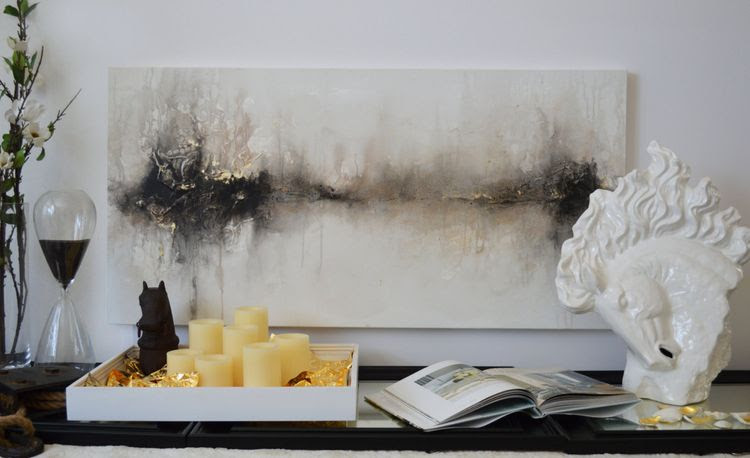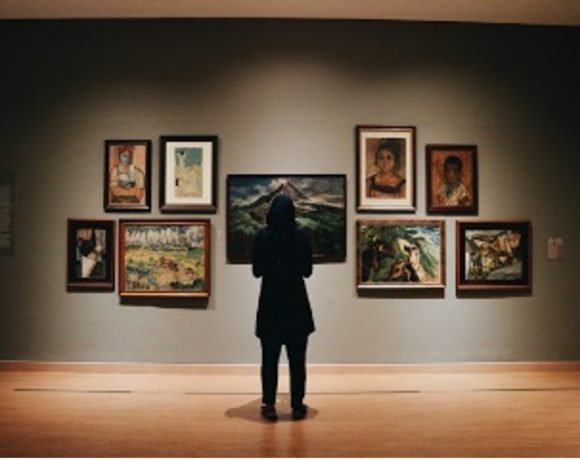Whether your art collecting is serious or recreational, maintaining adequate records for the artwork is equally essential as getting sufficient insurance coverage and performing proper maintenance.
Adequate records present a potential buyer with something beyond the visual appeal of the piece. Records may provide a background story that the buyer connects to, a detail about the artist that the buyer finds independently valuable, or peace of mind about the authenticity of the piece. If you haven’t kept adequate records thus far, fear not. It’s not too late to start or to improve your current process. Here are seven tips to consider as you develop your records:
- Keep all original receipts and bills of sale. A serious buyer will want documentation of a work’s provenance. Receipts and bills of sale are critical for authentication purposes and will avoid the expense and frustration of tracking down an artist or artist’s estate to confirm authenticity. Further, an inability to prove authenticity may significantly diminish a work’s value.
- Keep a record of each purchase and note the price you paid. This practice will make the determination of tax consequences much simpler and more accurate. A simple way to engage in this practice, if you have original auction house catalogues, is to note the pieces you purchased, along with the price you paid for each piece.
- Keep a record of all appraisals. Appraisals are relevant in determining fair market value of the work for tax purposes, as well as for insurance or replacement values. Each appraisal should note its purpose and include the contact information of the appraiser.
- Keep insurance carriers updated on the status of pieces in your collection. Regularly update insurance carriers about your pieces, their values, and your storage methods. Also, notify insurance carriers when you complete a sale so that the item may be removed from your policy. Contact information for the insurance agent should be noted.
- Keep a photographic inventory. Maintain a detailed inventory of your collection with photos. In addition to each photograph, at a minimum, the inventory should note the title, the artist, a brief description, and the date of creation. Update the inventory whenever items are purchased, sold, loaned, or donated. This practice is especially relevant to large collections with pieces in various locations. Photographs also serve to identify each piece in the collection in the event that someone handling the collection is unfamiliar with a particular artist’s work.
- Document all background information related to the work. Note any personal connection or relationship shared with the artist, interesting stories about how the piece was created, and details about your acquisition. Also, record biographic information about the artist, previous owners, and the work’s history of exhibition. This information may be important to potential buyers seeking to form a deeper connection with the art they purchase. Auction houses like to include personal background stories that complement the piece’s uniqueness, because it ultimately drives up the purchase price.
- Be aware of any foreign-made works in your collection. Very old works that were created in countries such as Greece, Egypt, and Italy and acquired before stronger provenance regulations were introduced may present difficult issues for collectors. Gaps in historical records complicate the determination of whether the work was legally acquired. Depending on how the works were acquired, it may ultimately be determined that the works cannot be sold at public auction and need to be returned to their country of origin. If all of this is being sorted out after the collector’s death, the collector’s estate may also be left entangled in very complex estate tax issues.

Images courtesy of Essence Arts
These tips may add significant value to your collection by increasing marketability to potential buyers. Do not risk the value of your investment by trying to do this from memory. Memories fade, and if your collection is large, it is easy to omit details or confuse the artwork. Further, if you die without accessible collection records, your estate will face the challenge and inconvenience of tracking down information, which may or may not be complete and will likely affect the value and legacy of your collection.









NO COMMENT